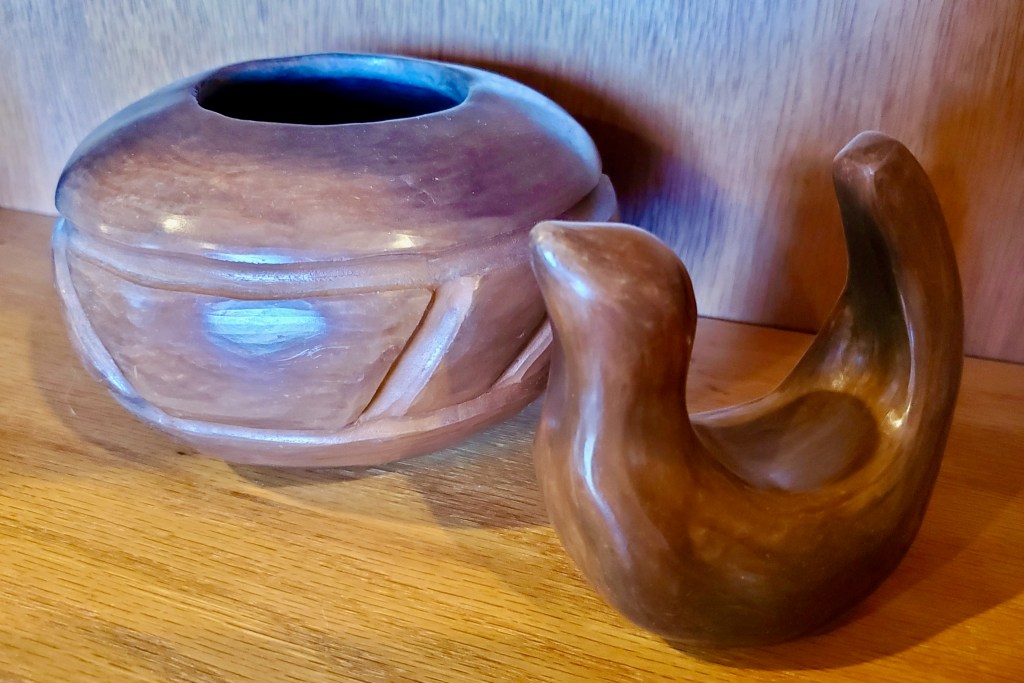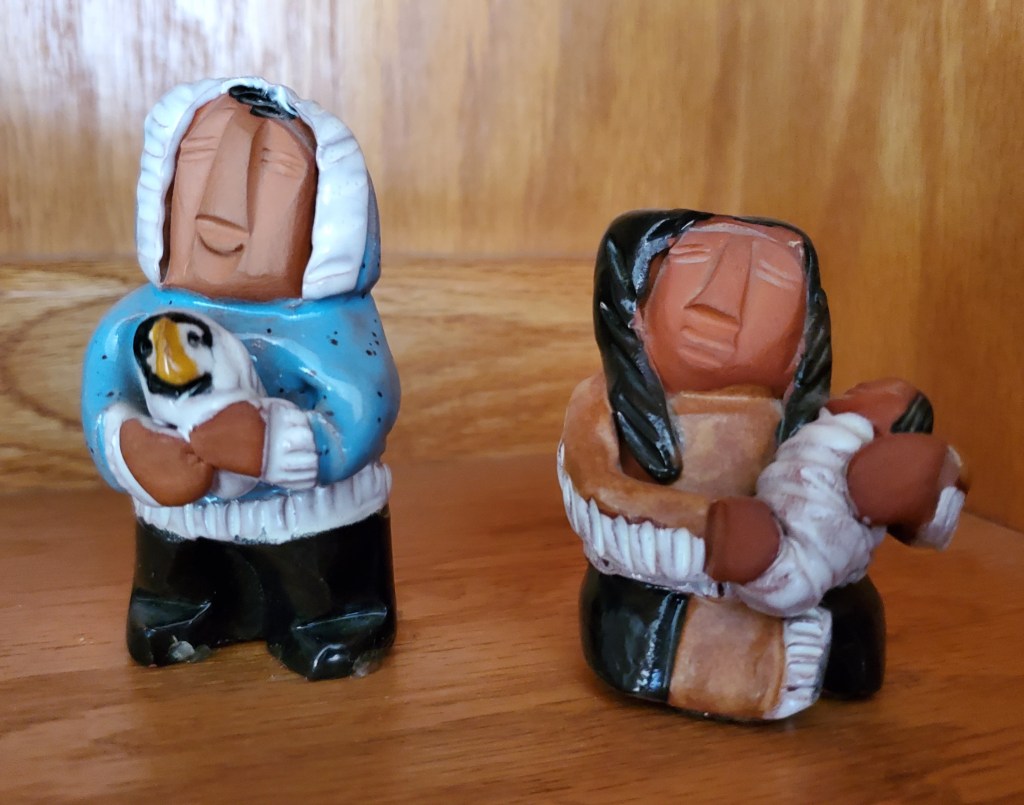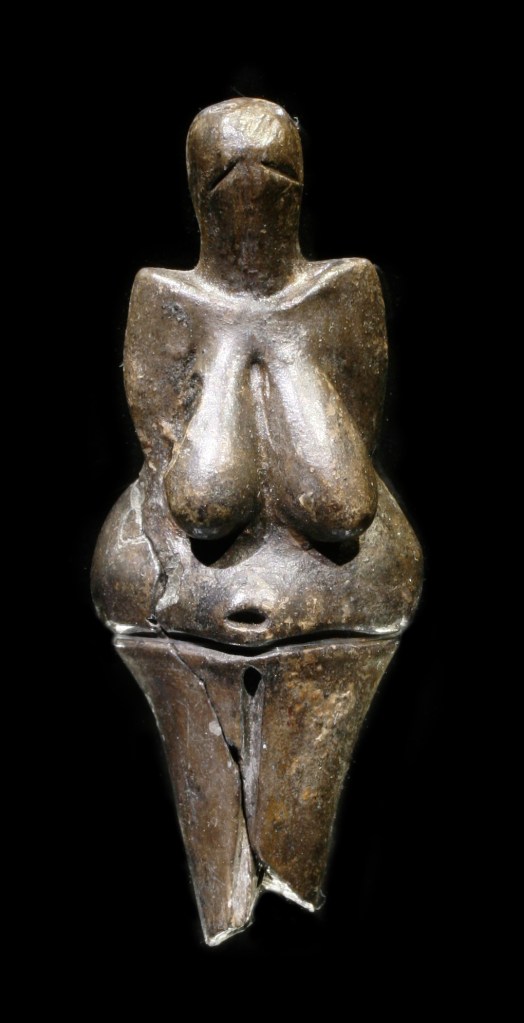Hands in the Mud: Writing Challenge

I was daydreaming about mud which led to this piece of writing. I will have some writing suggestions at the end.
“Learn to humble yourself, you are but earth and clay.”
Thomas a Kempis
When I was a kid we made mud pies. The best mud was made from dirt with lots of clay in it. The mud was mixed with grass, ostensibly to give the mud patties shape and keep them from falling apart. There is something satisfying about a fragrant mud pie steaming in the summer sun. Or mud oozing thru one’s fingers or even better one’s toes— giving the perfect excuse to let mud play, turn into water play. The mud where I grew up was a dark ashy brown, when properly wet. Once after Castro Park was built across the street from our house, it rained very heavily and all that ashy mud ran down the unlandscaped hill, down the street, into our driveway and deposited itself quite evenly in a 3 inch layer in our garage. When it dried and was shoveled out it still left its earthy dust behind. It hid in corners and boxes and generally made it impossible to be rid of it completely. Mud does that sort of thing. They say ashes to ashes dust to dust—but fail to mention how dust is forever.
As I got older and I went to kindergarten, mud gave way to clay. We actually had a kiln in Mrs. Walker’s kindergarten classroom and I made two objects out of clay that were fired and glazed and dutifully given to my mother as gifts. Even though it may have pained my mother to keep them, she did not throw them out, in fact I think I did and now sometimes wish I had saved them. My first sculpture was a small squirrel holding a nut, glazed in a leafy brown glaze. It was pinched out of clay rather crudely but was quite recognizable. The second was a sandy colored birds’ nest with 3 smooth blue eggs. Later I graduated to plasticine and then Fimo, crafting all sorts of miniatures out of clay.
In 1960 my parents and grandparents bought 68 acres of wilderness in the Mayacamas Mountains of the Napa Valley. My usual playground was Dry Creek, truly a misnomer as it never went dry. It is there I found veins of a lovely blue-gray clay along the creek bank. The clay was always fissured with roots and bits of dirt and debris so I don’t remember ever fashioning anything permanent from it. But I certainly liked playing in it. My mother said the way to do it properly was to make a liquid out of the clay —strain it to remove impurities and then let the moisture evaporate to leave a purified clay. I never got that far. In High School I took a ceramics class. I lacked the confidence to try my hand at the potter’s wheel so I spent most of the year working on a sculpture of a naked, lounging young women. My teacher really liked it and gave me an undeserved A. In the end I deposited the unfired, unglazed figure into the garbage bin. So much for my career as a sculptor!
When my children were young we all enrolled in a pit fired ceramic class where which we all enjoyed. It turned out to be quite challenging. We built coil pots and sculptures from red clay and burnished them with spoons. The burnishing took hours and hours a day for several weeks! My daughter Anne made a lovely fox and I made a harbor seal as well as a pot.
It truly made me appreciate the craftsmanship of Native American Indian pots like this one I bought in 1986. Its decorated in the “Repeating Feather Pattern.”
I have even fashioned a few things from clay with my grandchildren. However as much as I like the feel of slick wet clay I really do not care for the desiccating feel of drying clay on my hands. Too close to chalk dust or the ash dust one encounters when cleaning out the fireplace. Yet, I do have a love of ceramics. I bought these Keena figures in Niagara Falls Canada and they watch over my kitchen. I still love their simplicity. They make me smile.
Life is full of seemingly random connections. I enjoy bringing them together in story. Many years ago I found out that my my 4th great grandparents, Nicholas MOSER (1762-1821) and Elizabeth LOY (c1769), married in Orange County (now Alamance), North Carolina. And then later discovered that Elizabeth LOY’s first cousin was George LOY, the first of the family of famous Moravian LOY Potters. I was quite pleased with that find since it gave me a kinship with people I knew little about. They had a connection to the earth, to the clay they fashioned into useful objects and that made me happy. Then while watching Season 4 of “Outlander” I immediately recognized the pottery plates, bowls and jugs of the Fraser cabin fashioned after the Moravian potters of the North Carolina region in which some of the books and now the TV series are based.
Pottery is as one of human’s oldest inventions. Venus of Dolní Věstonice is a clay figurine from the Czech Republic dating back to 29,000–25,000 BC. It would seem getting our hands in the mud and trying to represent figures, animals or make utilitarian objects is a very old endeavour.
We even use pottery to describe cultures such as Corded ware or Bell Beaker as descriptive of the pots they fashioned. So something as seemingly unmeaningful as making mud pies may have a very early genesis that ties us to our very ancient pasts. My interests in family, genealogy, and genetic genealogy are all tied together with clay.
We cannot escape our pasts, and the things that attract our attention. Seemingly random things in life can have a storyline. I set out with the memory of making mud pies and was a bit surprised where I ended up. I really had no idea how many things that memory would invoke. So here is the writing challenge:
- Grab a handful of clay, pick a memory that involves something tangible
- Start writing about that memory and see where it goes
- You don’t have to force it into something more than it is, if nothing comes then let it go and pick something else
- It could be anything from catching your first fish, learning to ride a bike, a favorite childhood recipe
- Could be you write about a memory of a grandparent, an aunt or uncle, friend
- You aren’t telling their life story (or yours) you are just illustrating something that matters to you
- It need not be earth shattering–you aren’t trying to impress anyone, you are just practicing your craft
I have no interest in writing an autobiography, but as I said in Write it Down I do want to leave something behind. This story actually reveals quite a lot about me and things that matter to me. Writing does that. So take your clay and mold it as you will. Most of all, be playful with your writing—have fun!
Kelly Wheaton © 2022 All Rights Reserved.





Pingback: Fill a Jar: Writing Challenge | Wheaton Wood
Good essay. I like your advice to “be playful” with writing. That can be a challenge!
Pingback: What Is It About Boxes? Writing Challenge | Wheaton Wood